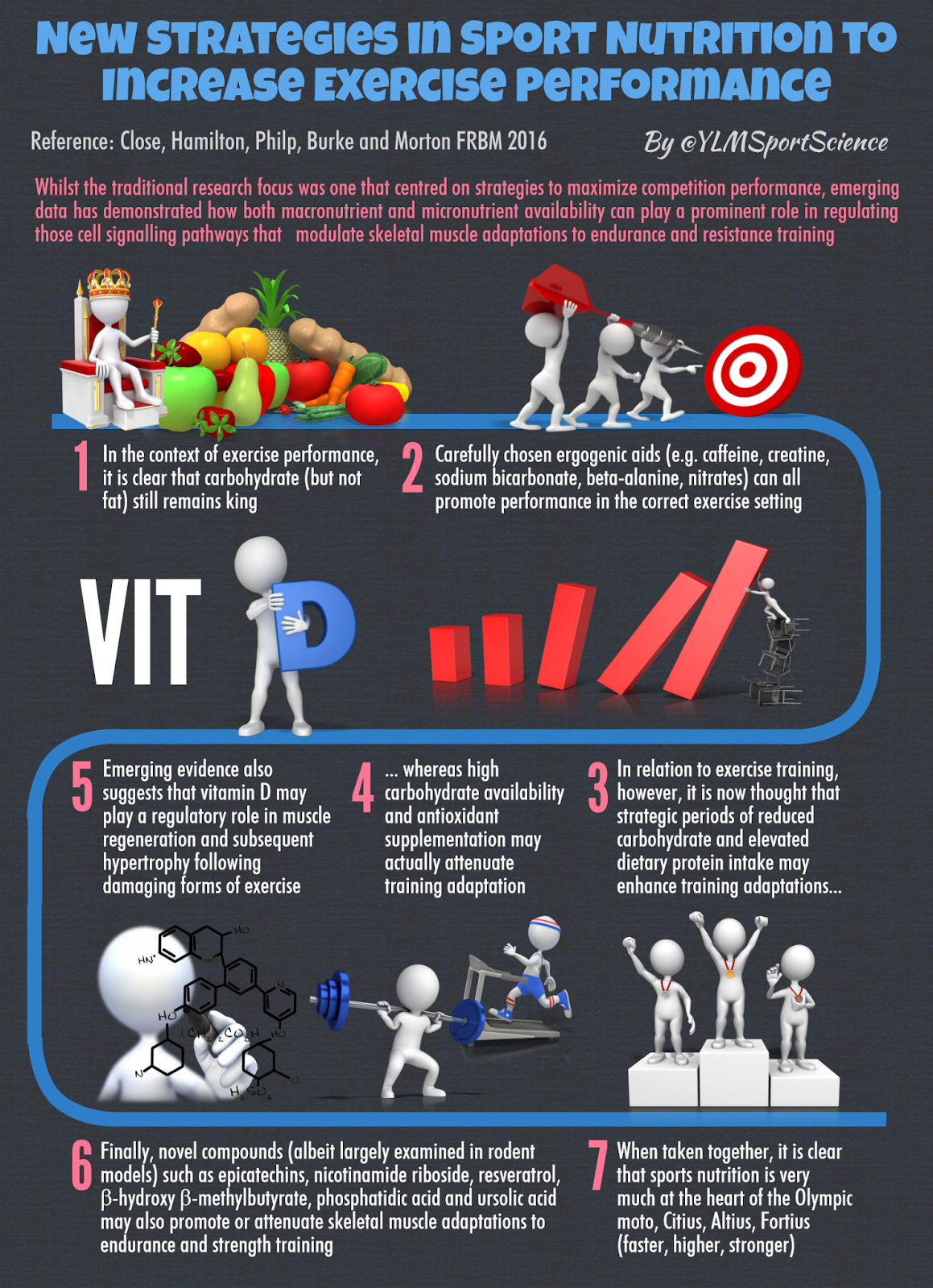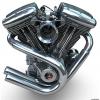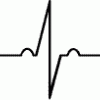First published ahead of print April 6, 2016 as doi: 10.3945/jn.116.230078.
The Journal of Nutrition
Genomics, Proteomics, and Metabolomics
Nicotinamide Riboside Is a Major NAD+ Precursor Vitamin in Cow Milk1–3
Samuel AJ Trammell,4,5 Liping Yu,4,6 Philip Redpath,7 Marie E Migaud,4,7 and Charles Brenner4,5*
http://jn.nutrition....8a-22a55b7f313f
4Department of Biochemistry, Carver College of Medicine, 5Interdisciplinary Graduate Program in Genetics, and 6Nuclear Magnetic Resonance Facility, Carver College of Medicine, University of Iowa, Iowa City, IA; and 7Queen’s University Belfast, School of Pharmacy, Belfast, Northern Ireland, United Kingdom
Abstract
"Background: Nicotinamide riboside (NR) is a recently discovered NAD+ precursor vitamin with a unique biosynthetic pathway. Although the presence of NR in cow milk has been known for more than a decade, the concentration of NR with respect to the other NAD+ precursors was unknown.
Objective: We aimed to determine NAD+ precursor vitamin concentration in raw samples of milk from individual cows and from commercially available cow milk.
Methods: LC tandem mass spectrometry and isotope dilution technologies were used to quantify NAD+ precursor vitamin concentration and to measure NR stability in raw and commercial milk. Nuclear magnetic resonance (NMR) spectroscopy was used to test for NR binding to substances in milk.
Results: Cow milk typically contained ;12 mmol NAD+ precursor vitamins/L, of which 60% was present as nicotinamide and 40% was present as NR. Nicotinic acid and other NAD+ metabolites were below the limits of detection. Milk from samples testing positive for Staphylococcus aureus contained lower concentrations of NR (Spearman r = 20.58, P = 0.014), and NR was degraded by S. aureus. Conventional milk contained more NR than milk sold as organic. Nonetheless, NR was stable in organic milk and exhibited an NMR spectrum consistent with association with a protein fraction in skim milk. Conclusions: NR is a major NAD+ precursor vitamin in cow milk. Control of S. aureus may be important to preserve the NAD+ precursor vitamin concentration of milk. J Nutr doi: 10.3945/jn.116.230078. "
Keywords: LC-MS, metabolomics, milk, nicotinamide adenine dinucleotide, pellagra-preventive factor
Edited by Bryan_S, 22 April 2016 - 05:04 AM.
added reference

































 This topic is locked
This topic is locked




























